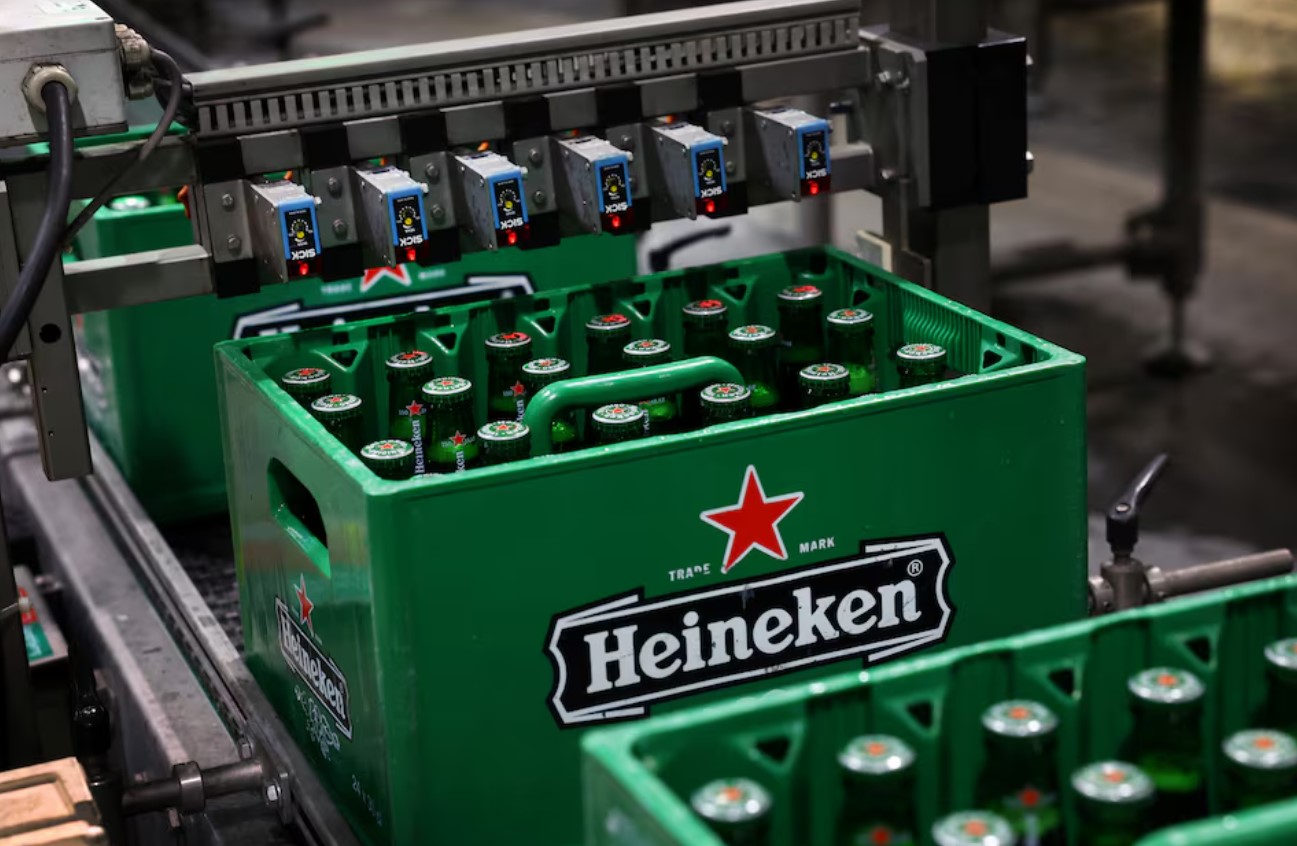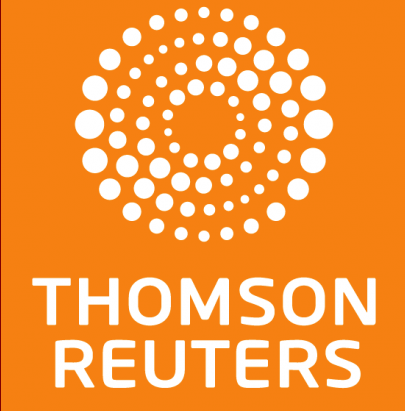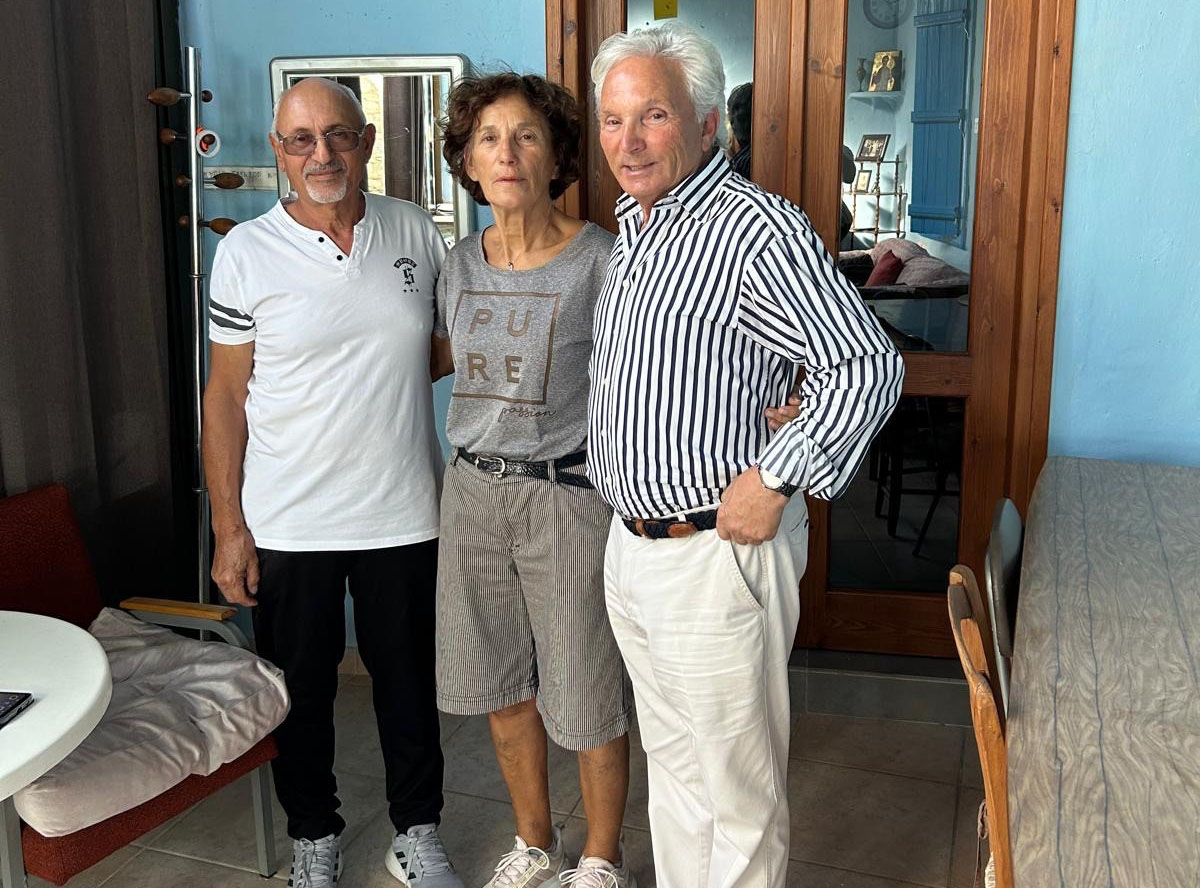Dutch brewer Heineken (HEIN.AS) welcomed a trade deal between the European Union and the United States and said on Monday that it was weighing all options to deal with growing tariff challenges in the long term, including shifting manufacturing.
The world’s No.2 brewer exports beer, especially its namesake lager, to the US from Europe and Mexico, and has also suffered from the indirect impact on consumer confidence in key markets like Brazil.
Nevertheless, it reported a 7.4 per cent increase in organic operating profit in the first half of the year, versus analyst expectations of 7 per cent, crediting growth in once-difficult regions like Africa and Asia as well as cost savings.
Heineken’s shares fell 4.3 per cent as the brewer cautioned on softer volumes for the remainder of the year as US policies, especially on trade, disrupt markets in the Americas.
CEO Dolf van den Brink welcomed the certainty brought by the trade deal clinched on Sunday, which reduced a threatened 30 per cent US tariff on EU goods to 15 per cent – a rate that would still hit Heineken’s US profits.
All options are being considered to mitigate tariffs long-term, including shifting manufacturing, he said, but added that such moves were capital intensive and would first need more consistency in policy.
“We look at all options from … continuing with our current setup, a more hybrid version, or otherwise,” he told journalists on a call. “If and when we deem them financially to be more attractive in the mid- to long-term, we would for sure explore them.”
LINGERING TARIFF FEARS, ECONOMIC UNCERTAINTY
Heineken still faces US tariffs of up to 30 per cent on products it produces in Mexico unless the Mexican government can reach an agreement with Washington ahead of an August 1 deadline.
Executives told journalists that since the first quarter, Heineken has also seen economic uncertainty hit spending and confidence in the US, Brazil and Mexico.
In Mexico, remittances from the US have fallen significantly, impacting beer industry sales. And US Hispanic consumers were also spending less, van den Brink said.
Heineken continues to expect annual profit growth of between 4 per cent and 8 per cent.
The company also beat forecasts for second quarter revenue and volume, with growth in markets like Vietnam and India, and increased an annual cost-saving goal by a quarter to 500 million euros ($586 million).
“They have slightly downgraded their volume guidance…given everything going on in the world…that to me doesn’t feel like a terrible outcome,” said Ryann Dean, global analyst at Heineken investor Aylett Fund Managers.
Heineken’s strong growth in markets like India and China, and consistent profitability, more than offset this, he continued, adding that emerging markets would drive Heineken’s long-term volume growth.







Click here to change your cookie preferences